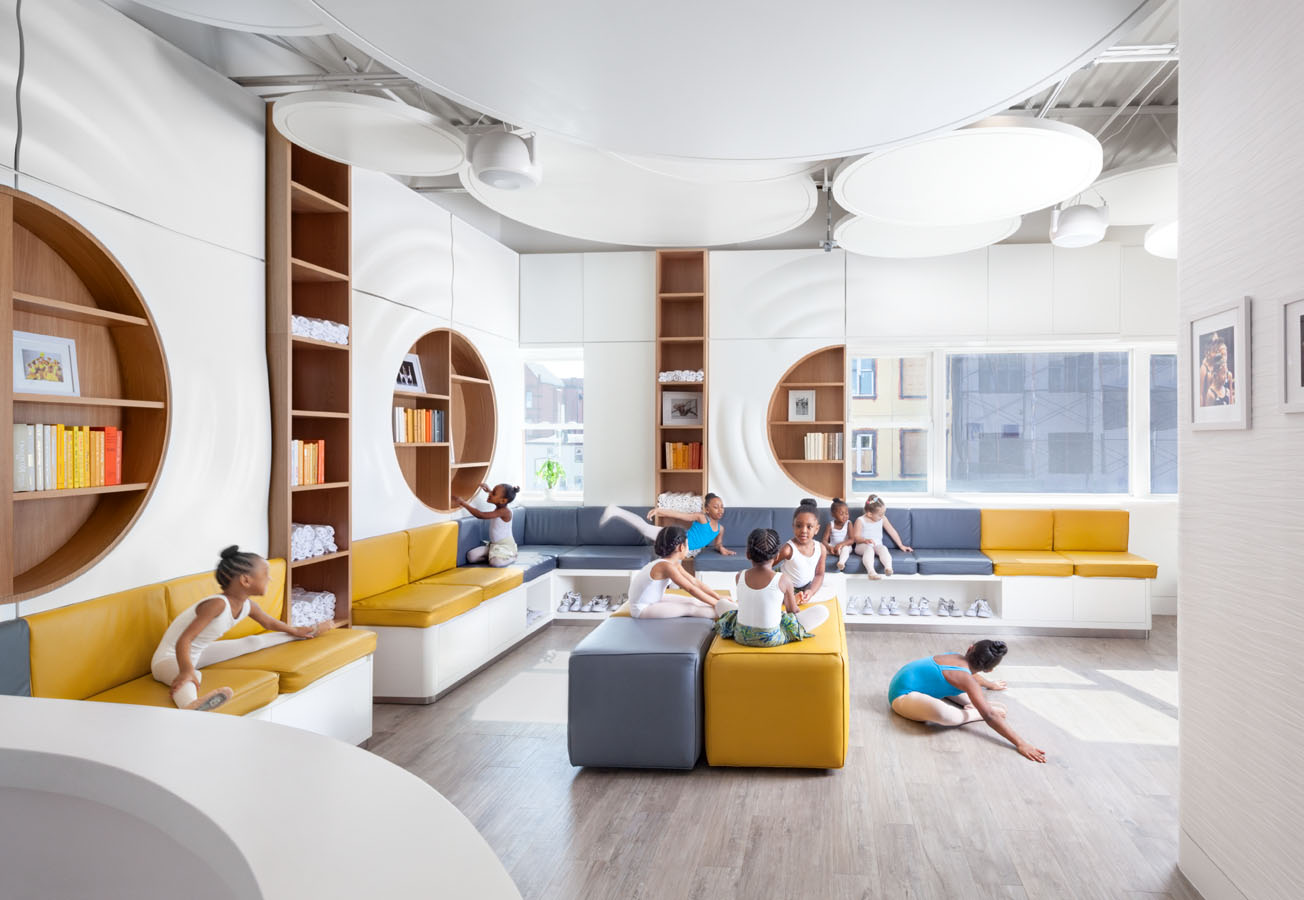Architecture is a mix of art and science, among other things. Without an understanding of physics, practical architecture wouldn’t exist. This is certainly a poetic confluence of architect and purpose as, who better to design a building dedicated to the study of physics than Daniel Libeskind, an architect who relies heavily on physics to make his buildings defy gravity?

Last week Durham University unveiled the latest project by Studio Libeskind, the Ogden Centre for Fundamental Physics. Durham University is one of the world’s leading institutions in cosmology and space science and it is hoped that the new Ogden Centre building will further cement this position. The new Centre will accommodate the rapid growth and academic success of Durham’s research into fundamental physics, enabling it to maintain its leading global position in the decades ahead. The Timber-Clad Centre sets a new benchmark for sustainability on campus. The new Ogden Centre includes eighty new offices for researchers, postgraduate research students, support staff and visiting academics.

A spiral in plan, the Centre is designed as continuous, stacked and interlocking forms. Clad in a ventilated timber rain screen built from responsibly sourced Scottish larch, the dynamic façade is punctuated with linear bands of operable strip windows and a series of outdoor terraces. In addition, canted curtain walls on the north and south faces bookend the form of the spiral and provide spectacular views of picturesque Durham City and Durham Cathedral. The active form of the building unifies a rigorous, repetitive program of private work spaces along its perimeter with a communal multi-story interior space activated by gathering spaces and a massive central skylight. A new identity has been created for the Centre resulting in unique, individualized workspace that engenders a sense of connection and community.

“This project is an example of how to design a highly-sustainable, dynamic building within tight program requirements,” said Daniel Libeskind. “Light and openness are at the core of the design; at every move in the design process we incorporated simple, yet robust materials and considered the users’ experience to create this important building for Durham University.”

Visitors to the Centre enter through a glazed lobby infused with light. The interiors employ a natural palette of soft gray concrete columns and ceilings, paired with warm wood finishes and frosted glass. Pushing the offices to the perimeter of the Centre allows each space to benefit from natural light and ventilation. In addition, glazed doors and screens further transmit light from the exterior to the central atrium. Generous roof terraces create spaces for impromptu meetings or places to simply relax and enjoy the fresh air. Skylights marshal light into the central atrium and meeting areas. The entire program of the building is wrapped around a series of flexible, communal spaces.

The ground floor areas are open and available to the public, with a seminar/meeting room (100 seats) that can be used for events. The second floor features a central social space where staff and research students can work together on an informal basis. This central area can also serve as a setting for formal dinners, fundraisers, presentations, or special announcements. Adjacent breakout rooms with videoconferencing facilities will allow group discussions and wider collaboration. The third-floor houses additional office space and is open to the floors below.

The Ogden Centre is highly energy efficient: careful attention was paid to quality of the user environment; the selection of sustainable materials; facilities are outfitted with showers and bike racks; its exposed concrete ceilings take advantage of the night-purge effect; LED fixtures are used throughout; renewable energy sources like a ground source heat pump and photovoltaic array on the roof are employed; and rainwater harvesting have been incorporated into the landscape.
[photography by Hufton+Crow][latest articles]
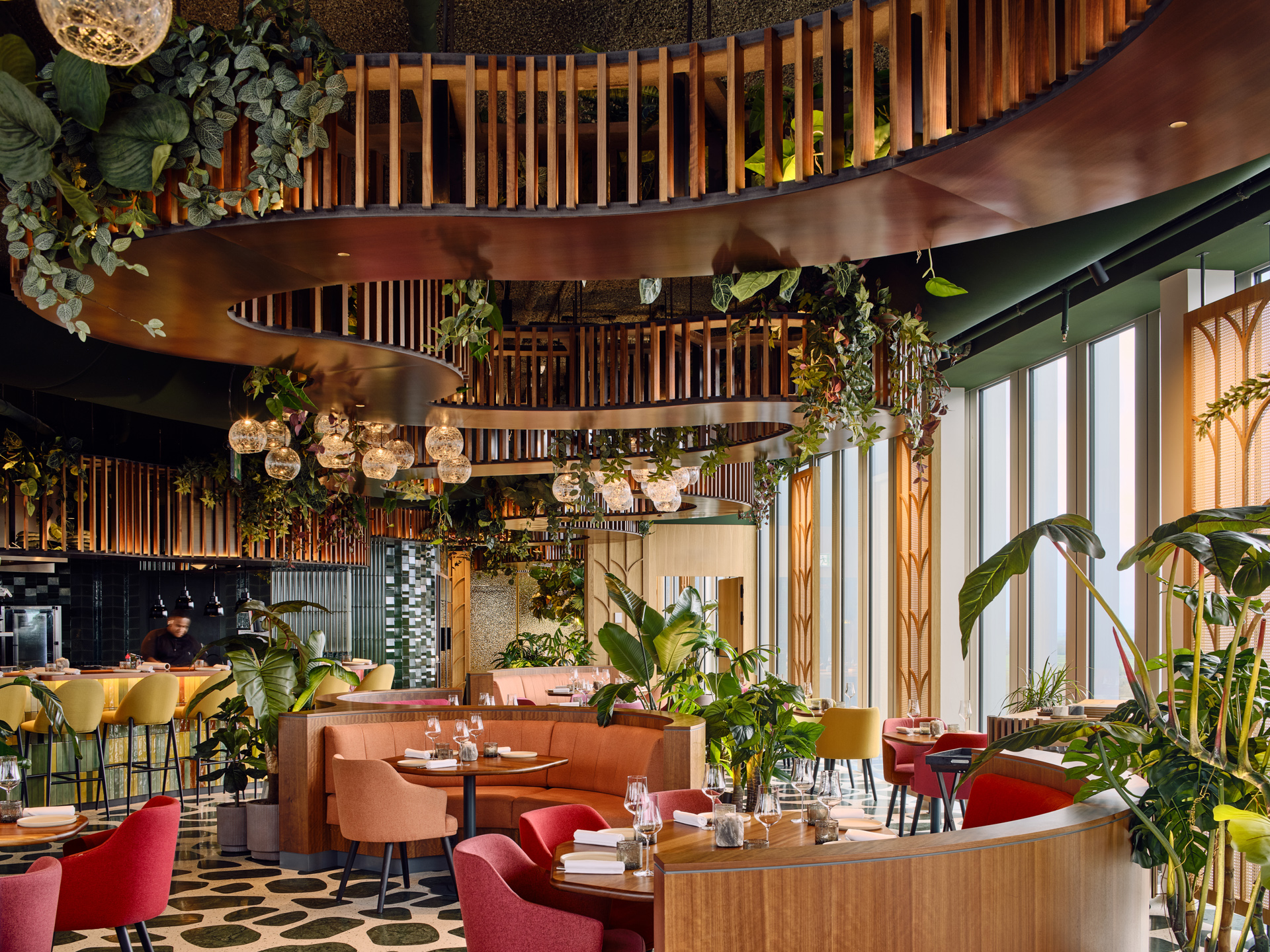
Selva Restaurant: A Design Inspired Dining Experience in Amsterdam
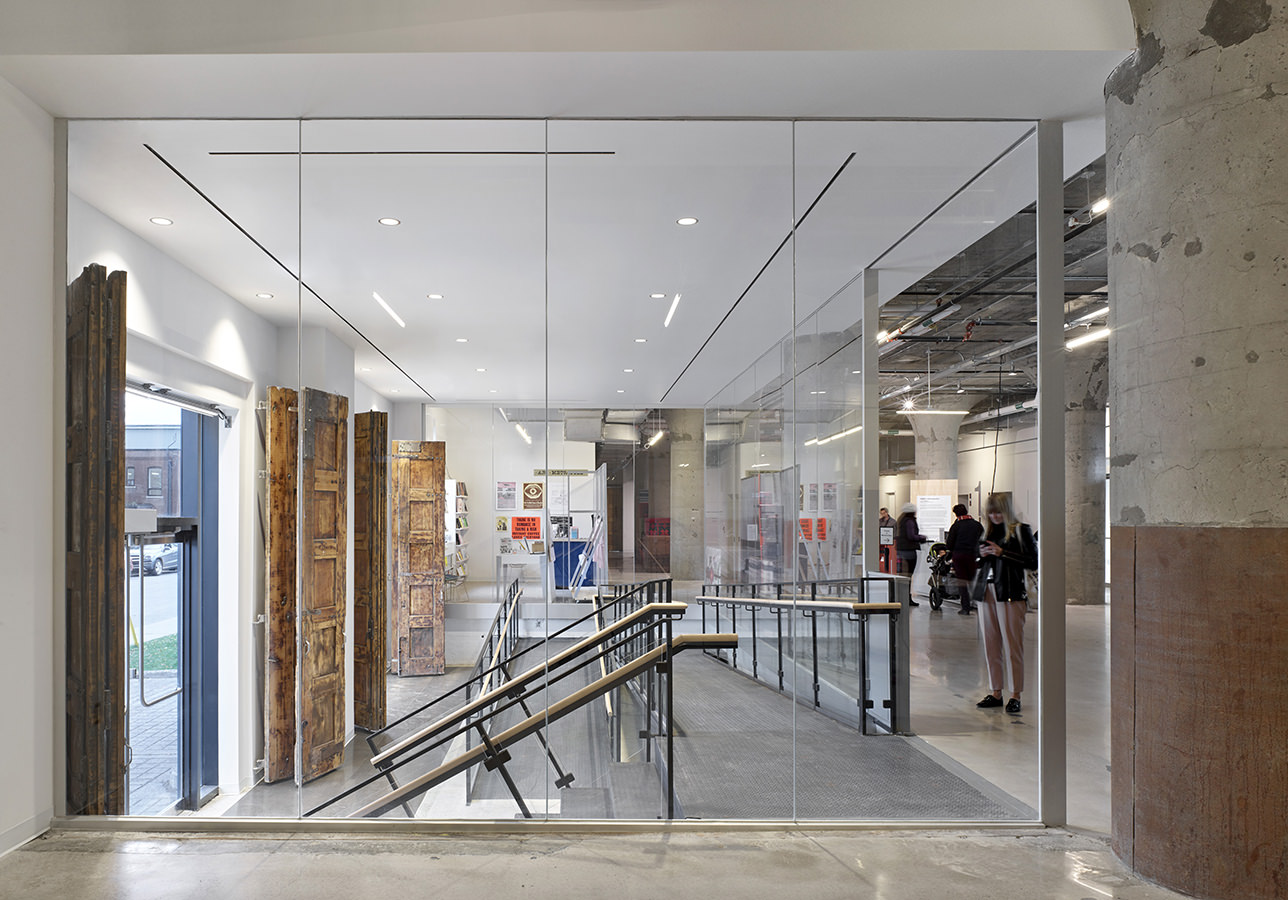
New Home of Toronto’s Museum of Contemporary Art
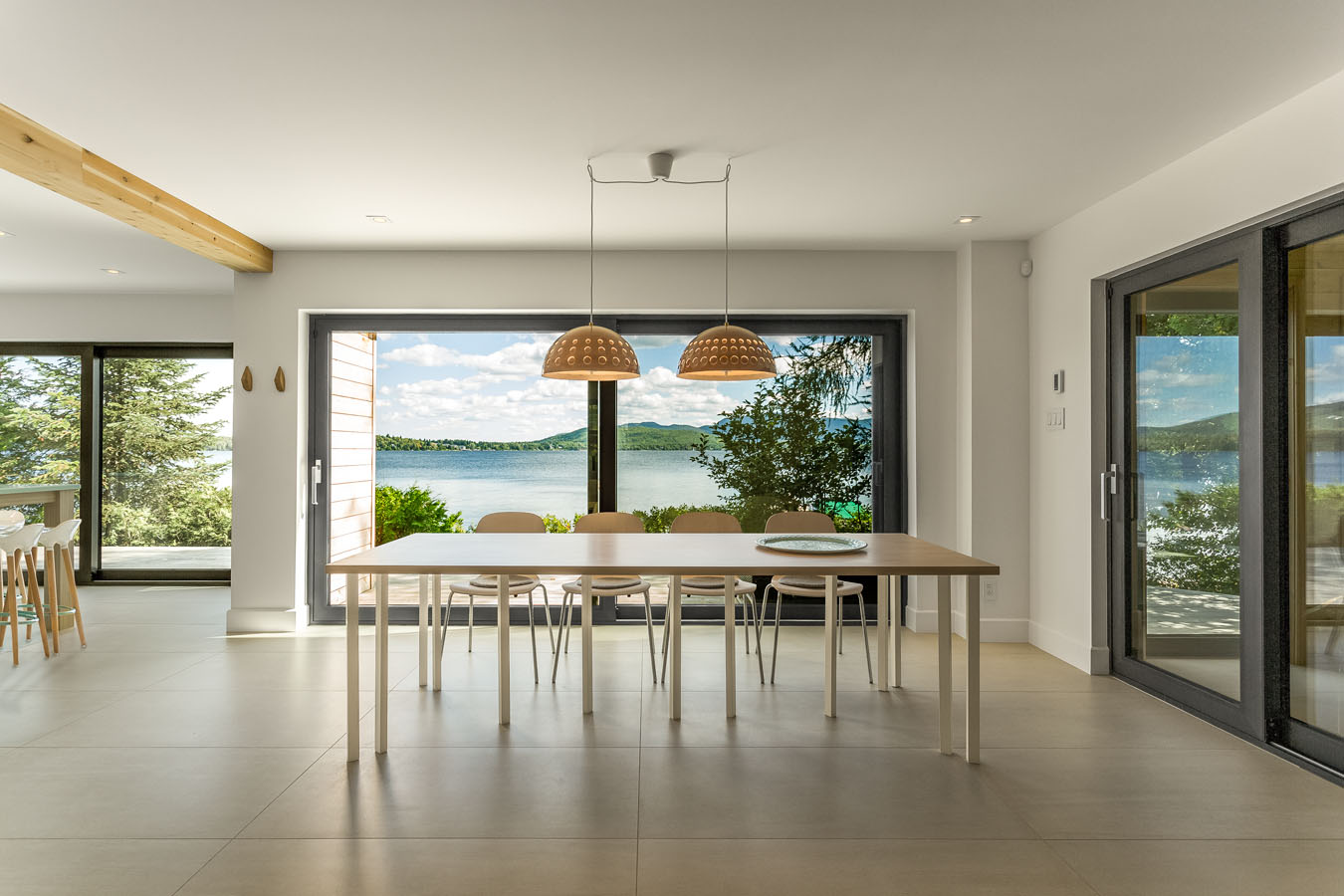
Nordic Architecture and Sleek Interior Design
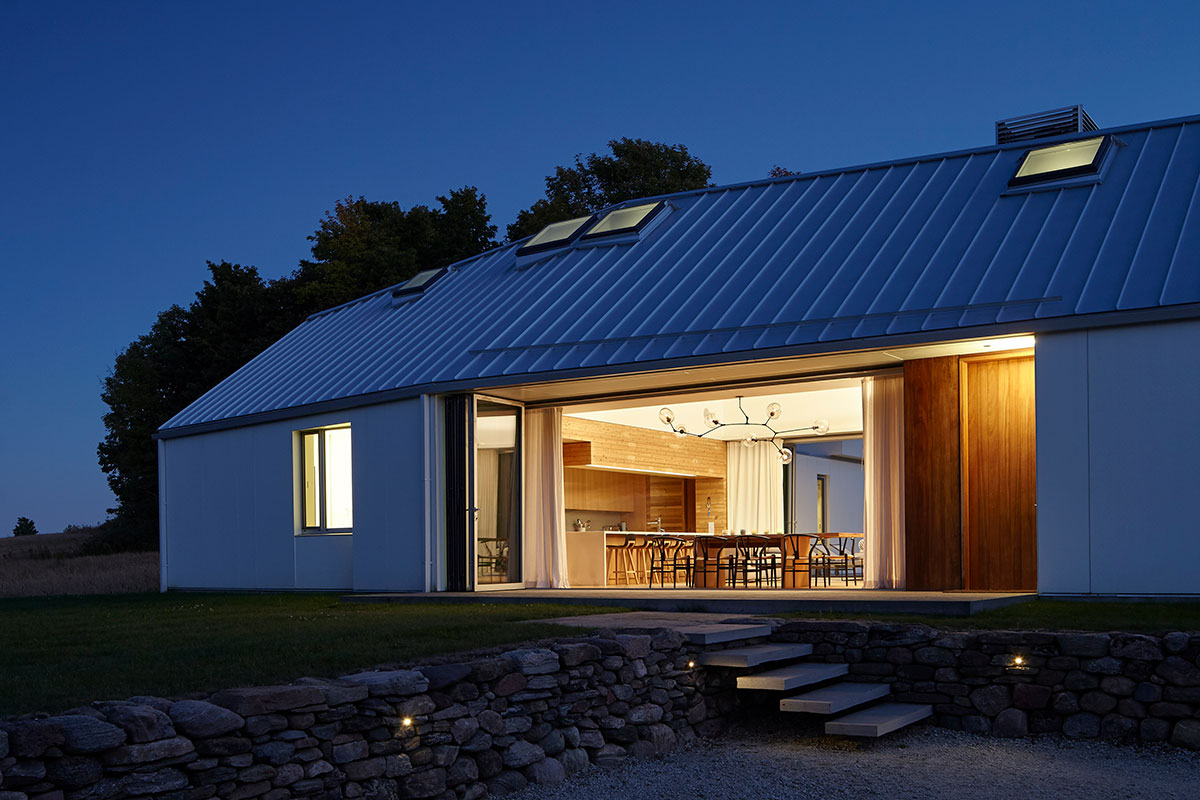
Charting a New Course at Compass House
